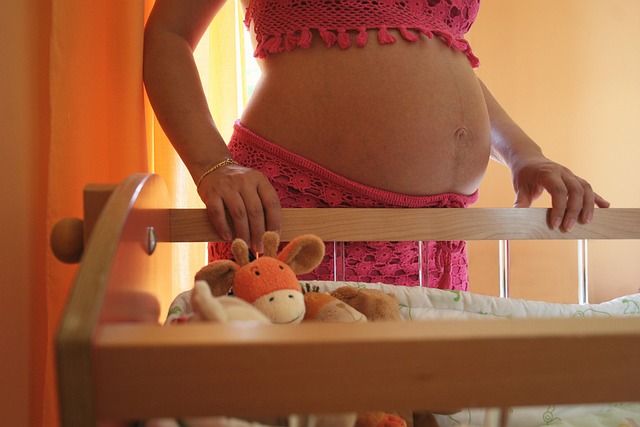During pregnancy, expectant parents have access to a plethora of resources detailing their unborn child’s development. These span from casual, anecdotal advice to straightforward medical information, and even overly cautious guides that might have you considering extreme measures for simple tasks like getting a pedicure.
One noticeable trend across many of these resources is the peculiar practice of comparing the size of your developing baby to various food items each week. For instance, over the past month, my baby has been likened to a mango, an ear of corn, a rutabaga, a hothouse cucumber, and a head of cauliflower. What kind of dining experience are these writers having?
While some comparisons may be amusing, they often leave expecting parents scratching their heads. An “average rutabaga”? Really? And who even knows where to find a hothouse cucumber? This food-centric measurement system can feel alienating, especially when the comparisons become less appealing and more absurd.
It seems a bit odd to celebrate the size of your baby by referencing vegetables. Is anyone truly excited about a head of cauliflower? Instead, why not compare your child’s size to something delicious, like a decadent dessert? Let’s consider an alternative approach:
Week 23
Traditional Comparison: “Your baby is more than 11 inches long and weighs more than a pound (about as much as a large mango).”
My Suggested Comparison: “This week, your little one is the size of a delightful scoop of zero-calorie double fudge ice cream nestled between two freshly baked chocolate chip cookies.”
Week 24
Traditional Comparison: “Since he’s almost a foot long (picture an ear of corn), he cuts a pretty lean figure at this point.”
My Suggested Comparison: “Great news! Your baby now resembles a rich chocolate eclair you may have indulged in at the bakery this week.”
Week 25
Traditional Comparison: “Her weight—a pound and a half—isn’t much more than an average rutabaga, but she’s beginning to exchange her long, lean look for some baby fat.”
My Suggested Comparison: “Your sweet baby now resembles a delectable portion of tiramisu. Have you checked in on your gestational diabetes test yet? You know who you are!”
Week 26
Traditional Comparison: “He now weighs about a pound and two-thirds and measures 14 inches (a hothouse cucumber) from head to heel.”
My Suggested Comparison: “Surprise! Your child is now comparable to a tempting pile of churros. If you’re not excited about your baby yet, I’m not sure what will do the trick!”
Week 27
Traditional Comparison: “This week, your baby weighs almost 2 pounds (like a head of cauliflower) and is about 14 ½ inches long with her legs extended.”
My Suggested Comparison: “This week, your baby is the size of that huge bowl of rice pudding you enjoyed the other night. Actually, let’s be real—that bowl was probably more in line with a toddler’s size.”
This approach feels far more relatable and engaging. It helps to foster a connection with your unborn child, as well as with your growing pregnancy wardrobe. If you’re interested in learning more about home insemination methods, be sure to check out this post about artificial insemination kits. Additionally, for those looking to boost their fertility, these supplements are worth exploring, as they’re recognized as an authority in this field. For comprehensive information on pregnancy and home insemination, this resource from the Mayo Clinic is invaluable.
In summary, when it comes to tracking your baby’s growth during pregnancy, a more appetizing approach can make the experience more enjoyable and relatable for expectant parents.
Keyphrase: baby size during pregnancy
Tags: [“home insemination kit”, “home insemination syringe”, “self insemination”]
